Designing Landscapes that Save Every Drop
Chosen theme: Sustainable Water Management in Landscape Design. Welcome to a practical, creative guide to shaping beautiful outdoor spaces that cherish water. From rain-ready gardens to smart irrigation, we’ll show you how every decision can nurture resilience. Join the conversation, share your experiences, and subscribe for fresh, field-tested inspiration.
Core Principles of Sustainable Water Management
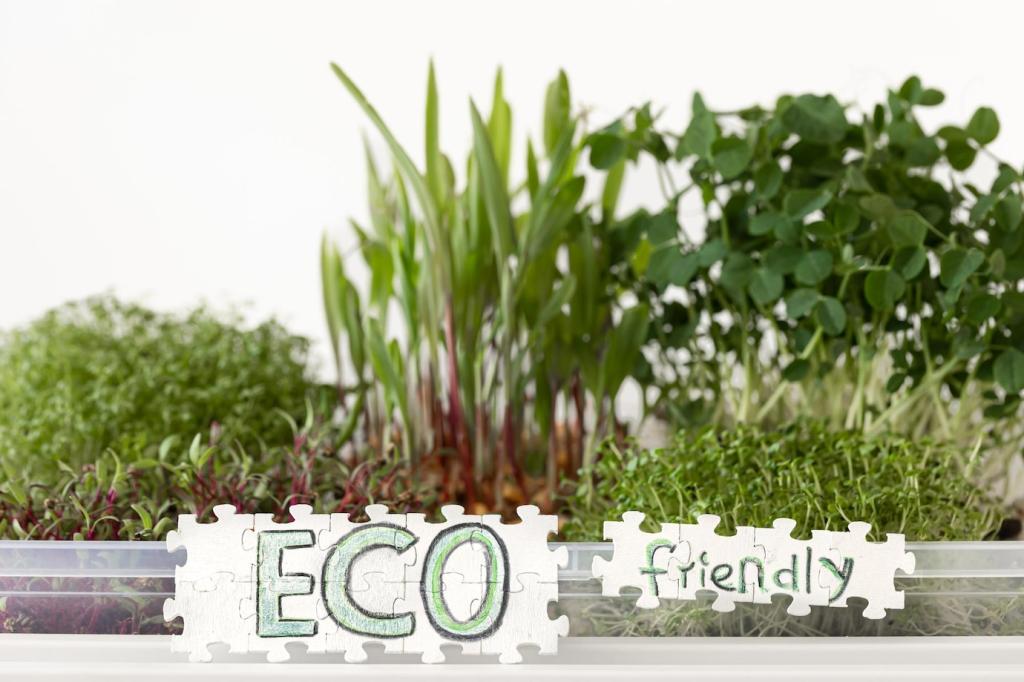
Hydrozoning and Plant Alliances
Group plants by water needs so irrigation targets only where it truly matters. Hydrozones reduce waste, simplify maintenance, and protect plant health. Share your favorite plant pairings, and tell us how hydrozoning changed your watering routine this season.

Soil as a Living Reservoir
Healthy soil stores water like a sponge. Add compost to increase organic matter, boost infiltration, and cut runoff. Test your soil annually, track improvements, and comment with your go-to mulches that helped you keep moisture during a hot, windy week.

Water Budgeting with Purpose
Estimate landscape water needs based on climate, plant palette, and microclimates. A simple water budget guides design choices and irrigation schedules. Try a monthly check-in, compare actual use to targets, and share your biggest savings breakthrough with our community.
Smarter Irrigation, Smaller Footprint
ET-enabled smart controllers adjust schedules with real-time weather, often cutting outdoor water use by 20–40%. If you installed one, tell us your before-and-after bills, and whether your lawn or native beds looked healthier with fewer watering days.
Smarter Irrigation, Smaller Footprint
Sensors prevent irrigating when soil still holds moisture, reducing stress and fungus risk. Pair with separate zones for sun, shade, and wind exposure. Share your most surprising sensor reading and how it changed your Sunday watering habits.
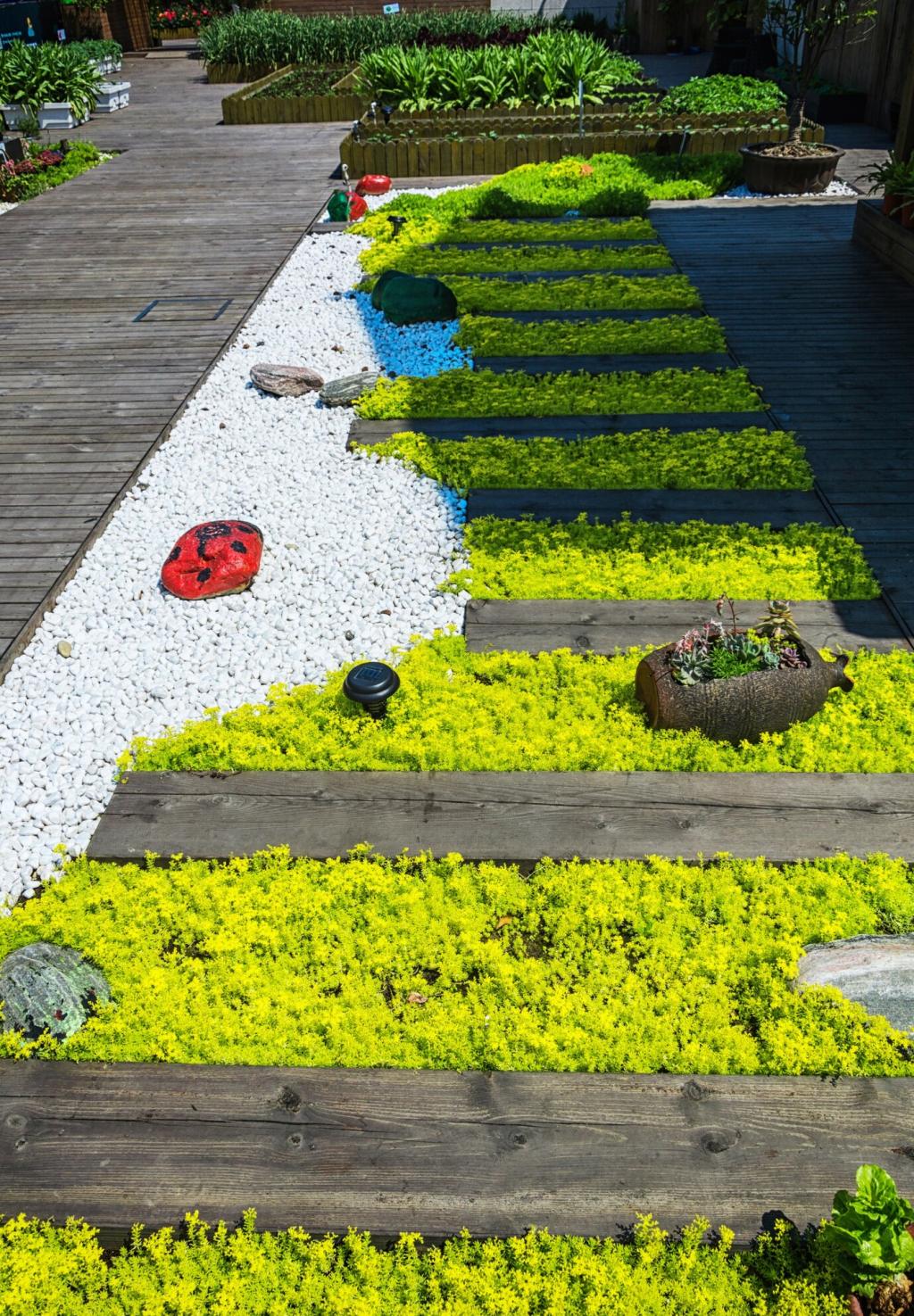
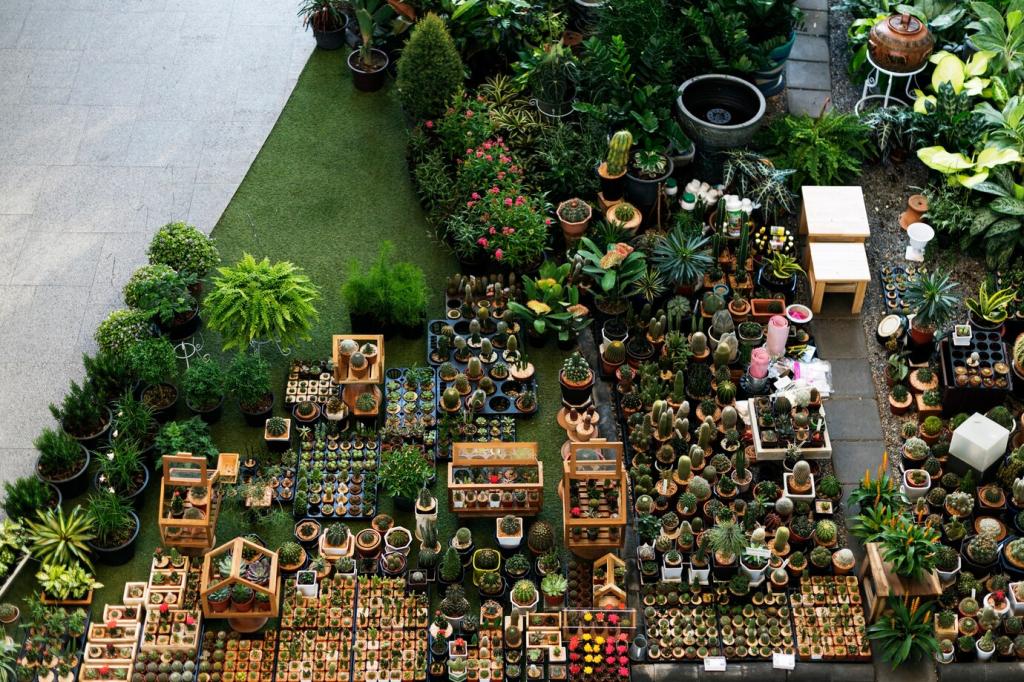


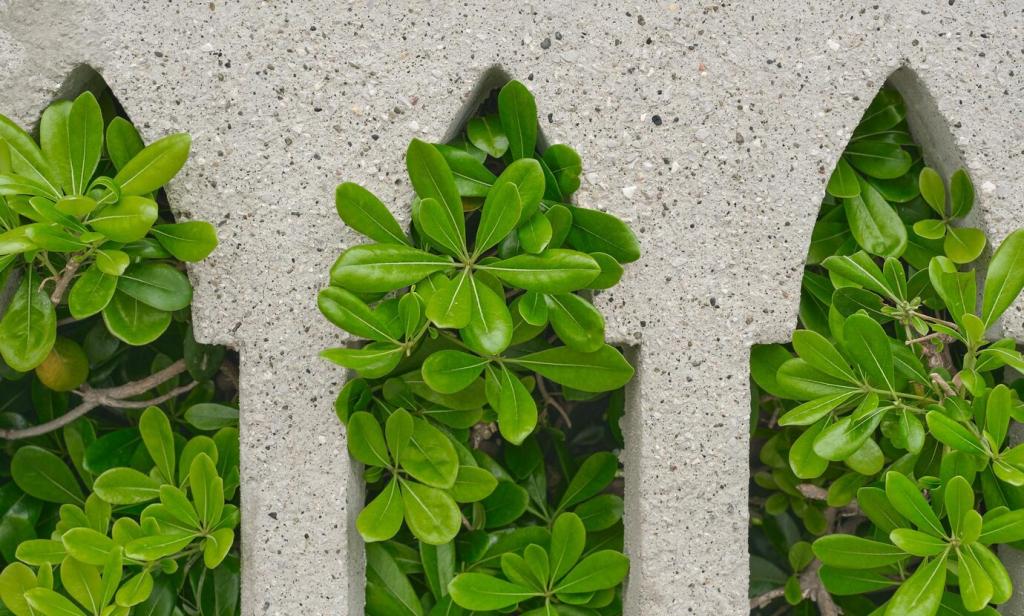
Green Infrastructure that Works with Storms
Bioswales and Infiltration Trenches
Shallow, planted swales direct water through soil where microbes and roots do the cleanup. Add check dams for gentle energy dissipation. Tell us what native grasses or sedges thrived in your swale and how they handled your wettest week.
Permeable Paving with Purpose
Porous pavers and gravel stabilize paths while allowing infiltration. Use a strong base and regular vacuuming to maintain permeability. Share your favorite aggregate, and how cool your patio felt after replacing solid concrete with a breathable surface.
Rain Gardens that Bloom and Buffer
Rain gardens capture roof and driveway runoff, holding water temporarily for infiltration. Layer deep-rooted natives for year-round structure. Post your plant list and the pollinators you spotted once the garden settled into its seasonal rhythm.
Planting Palette: Beauty with Low Water
Drought-tolerant natives evolve with local rainfall, reducing irrigation and maintenance. They also feed bees, butterflies, and birds. Share your region and top three natives that looked stunning through heat waves without a single emergency watering.
Xeriscapes aren’t barren. Think layered textures, bold forms, and seasonal color with low-water perennials and shrubs. Show us your most photogenic corner, and how mulch and spacing kept it vibrant with minimal irrigation all summer.
Place thirstier plants in cooler pockets and shade west-facing walls with trees. Capture breezes, block harsh winds, and watch water needs drop. Map your microclimates, then comment with one placement change that delivered outsized savings.

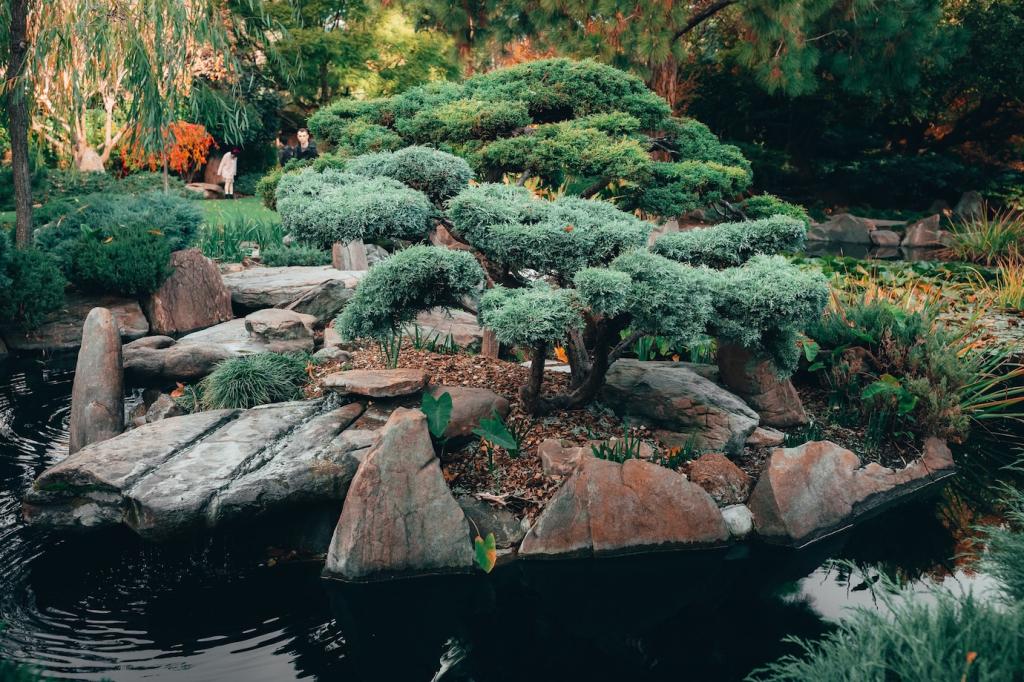
Care, Monitoring, and Long-Term Resilience
Walk your system monthly, checking emitters, valves, and mulch depth. Small leaks add up quickly. Track fixes in a simple log, and share your most surprising find from a dawn inspection after a windy night.
Care, Monitoring, and Long-Term Resilience
A three-inch mulch layer curbs evaporation, moderates temperature, and feeds soil life. Refresh annually and compost leaves on-site. Tell us your favorite mulch blend and the moisture gains you measured in midsummer.
Stories, Results, and Community Wins
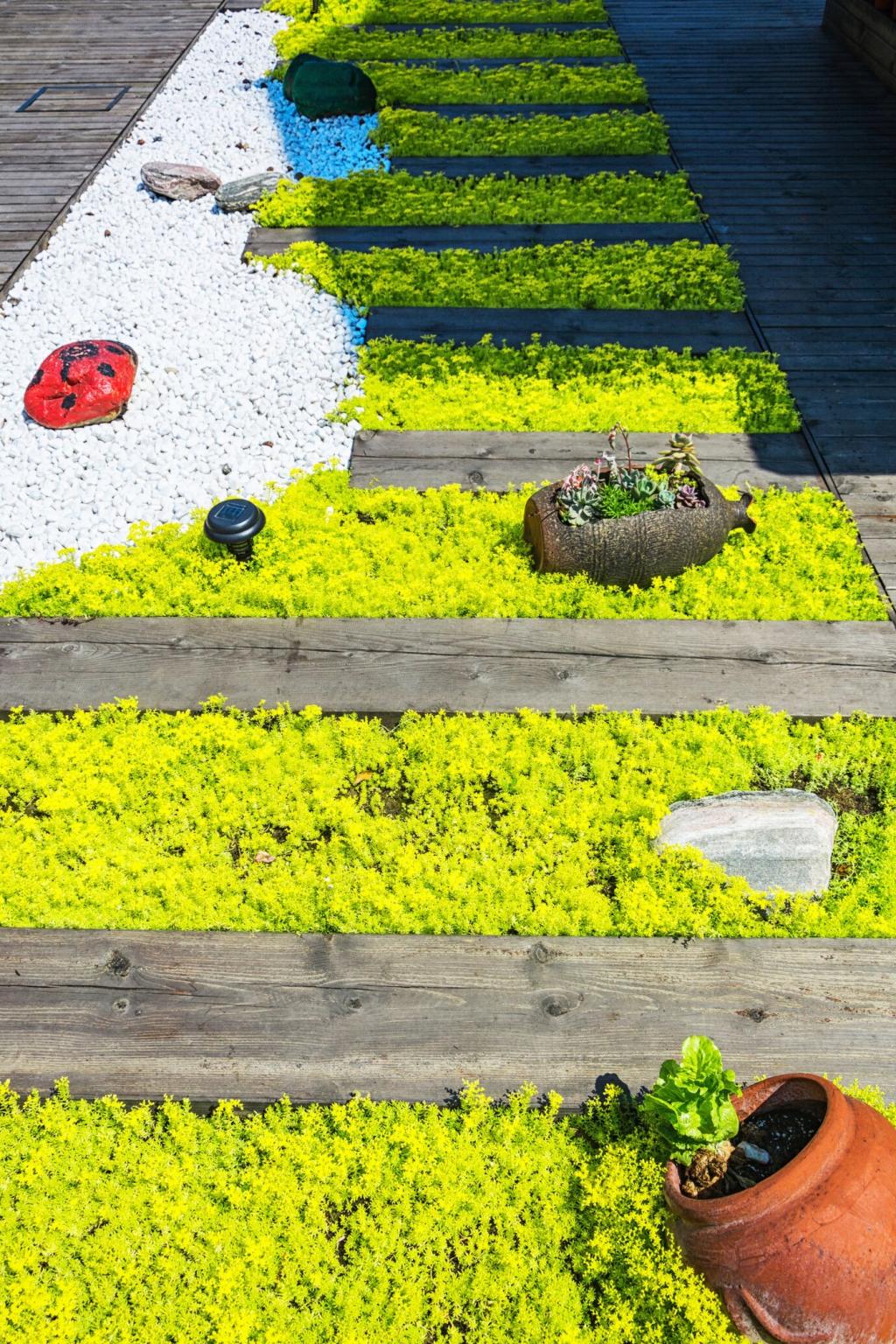
A family replaced turf with native beds, drip irrigation, and a 1,000-gallon cistern. Bills dropped, blooms exploded, and birds returned. Share your household’s biggest shift and how you convinced everyone to embrace the new look.
